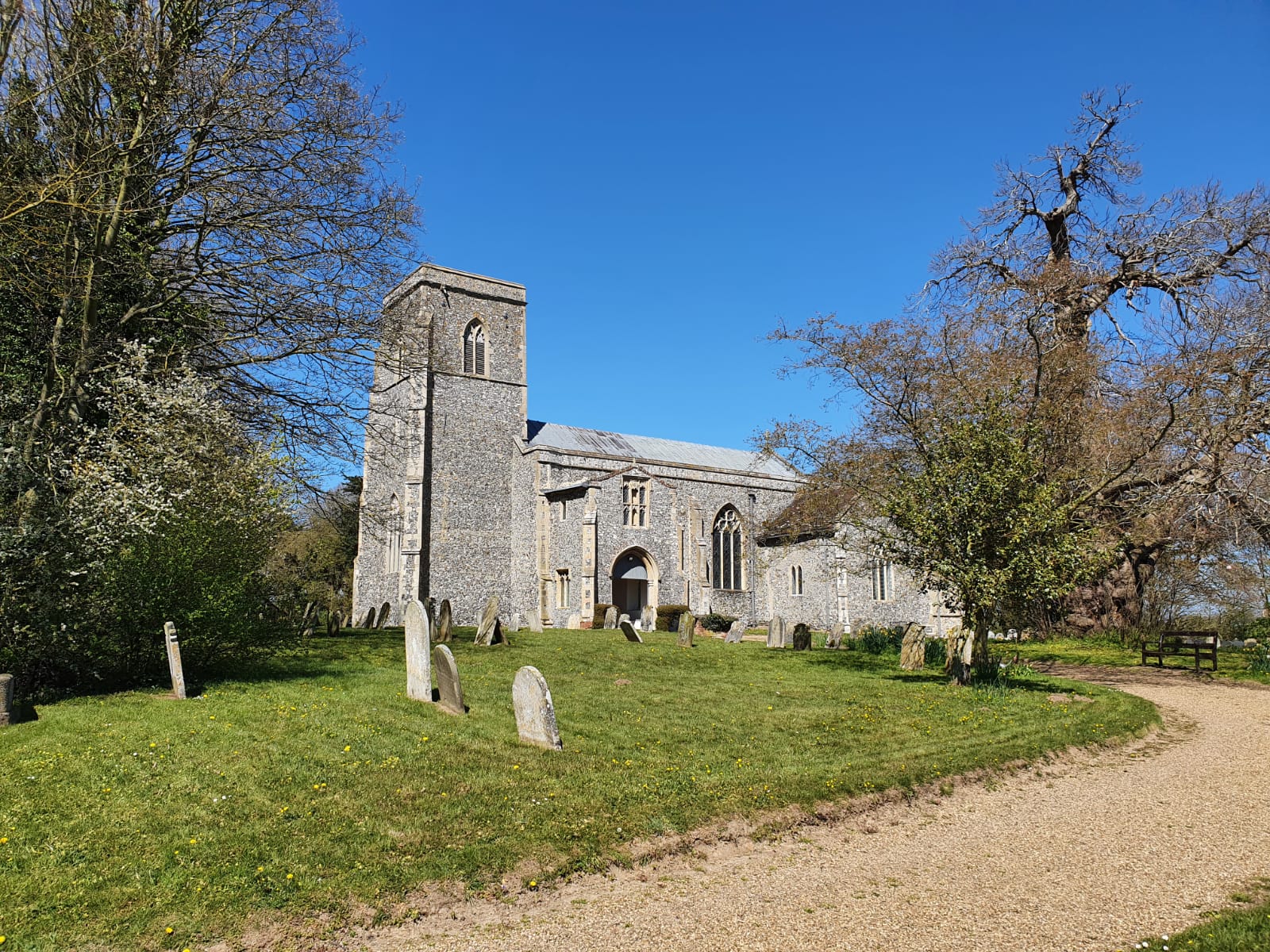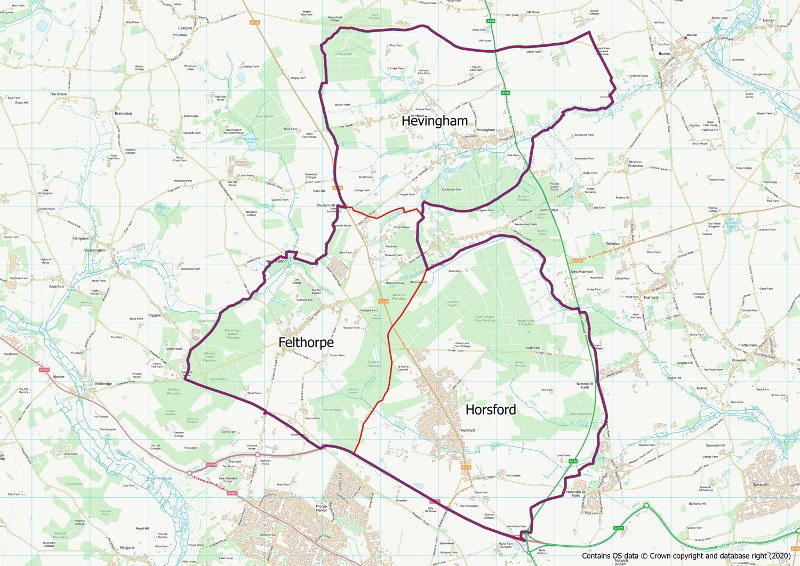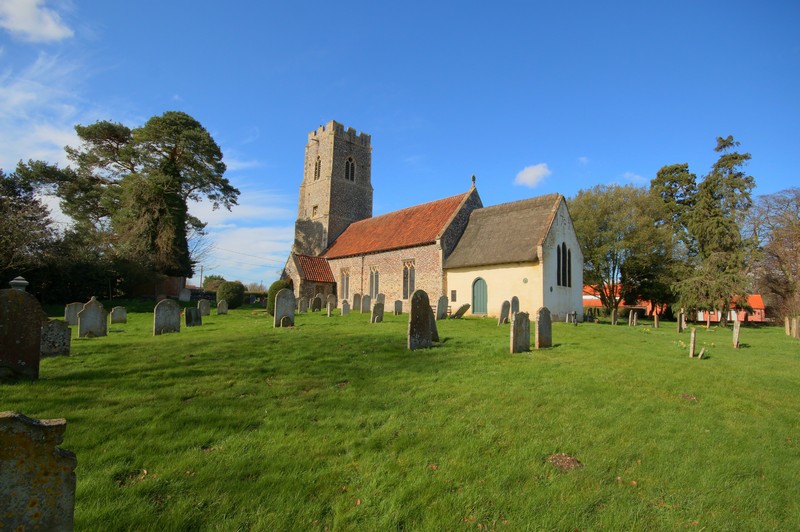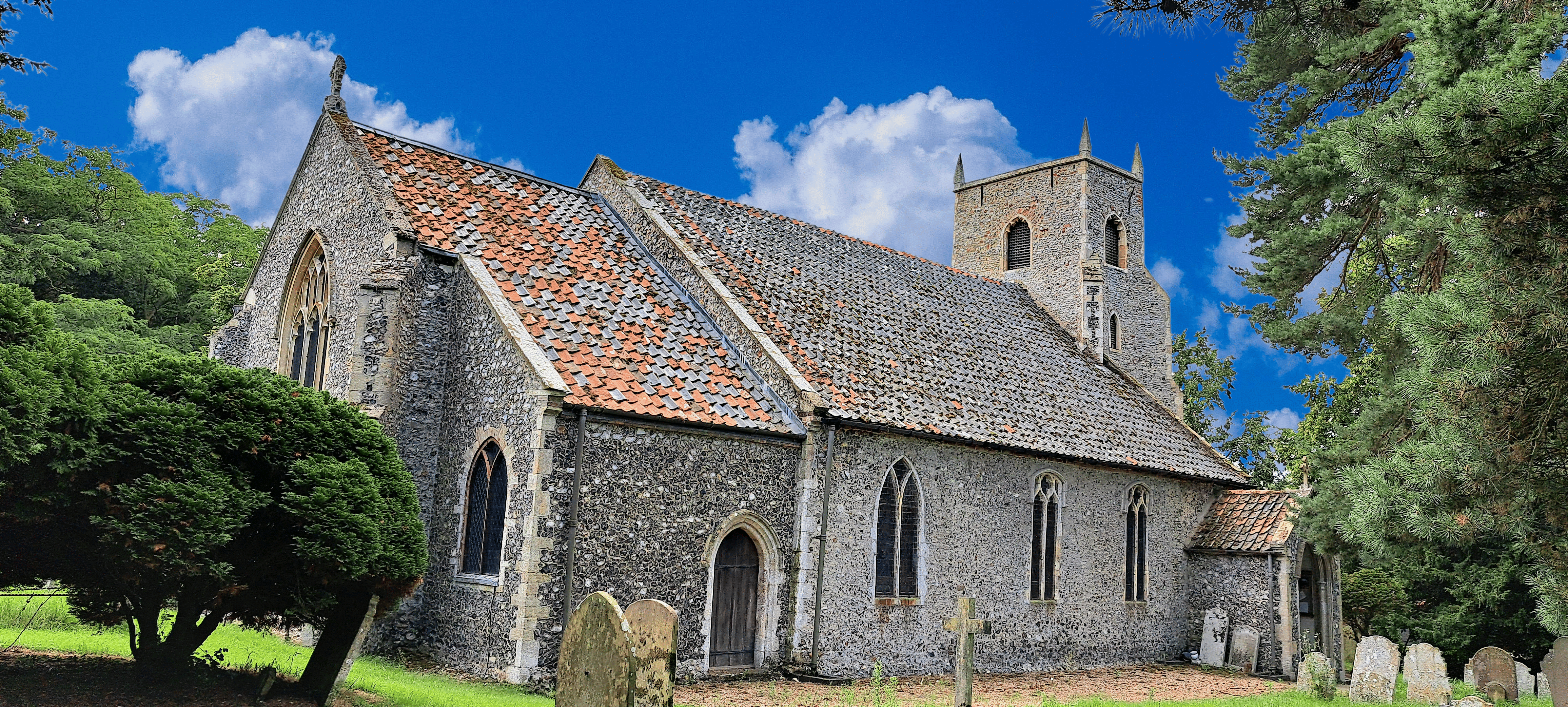St. Mary the Virgin and St. Botolph Church - Hevingham Parish
St. Mary the Virgin and St. Botolph Church Hevingham

St. Mary the Virgin and St. Botolph, Hevingham
Welcome to the Parish Church of Hevingham, one of the three churches that makes up what is known as the Horsford Benefice.
- The Church is open daily between 9 am to 4 pm
- There are no regular Sunday services at Hevingham, however special services are held at Easter, Christmas and Remembrance and are published on the Calendar - Horsford Benefice
- If you are looking to arrange your wedding, or a christening or need more information about funerals or any Life Event services at All Saints Church Horsford, St. Margaret's Church Felthorpe, or St. Mary & St. Botolph Church Hevingham, please do contact Revd Margaret. Thank you.
- You can find information about the history of the church building below.
A Church Near You - St Mary and St Botolph Hevingham
Bird's eye view of the church
Read the Annual Report for St. Mary and St. Botolph 2024
Church history
- The village is documented in the Domesday Book where it is recorded as "Heuincham", a manor where one freeman, a priest, is recorded as holding 40 acres in alms for the King". William the Conqueror confirmed the priest’s holding on the strength of his promise that he would sing three masses every week for Duke William’s soul and the souls of his relations. The priest subsequently bequeathed his holding to the Bishop of Norwich and all successor bishops, In 1250 the manor passed to the then Bishop of Norwich, Walter de Suffield, who built there a grand moated palace in which, over the years, many other bishops resided. That manor appointed the Rector.
- St Mary the Virgin and St Boltoph's church was mainly built in the 14th century but parts of the church may date back to the Norman period. Built of flint with stone dressing and a mixture of lead, tile and slate roofs, it is situated one mile north of the village centre, dedicated to St Botolph the patron saint of wayfarers. The old rectory built in 1788 for the Reverend J. Alderson, is now a care home.
- The 14th century nave with its particularly beautiful period windows had trancepts built on the north and south sides in the 15th century. The nothern trancept contained a chapel dedicated to St. John the Baptist and the chapel in the south trancept dedicated to St. Mary the Virgin. Only the south trancept remains, as the northern trancept was demolished in 1594, and the materials used to maintain Rippon Hall, a nearby manor house. The outline of its archway is still visible on the north wall of the nave.
- The chancel although looking of early english style is actually a Victorian rebuild, and its windows, installed at that time, are simply Gothic Revival.








